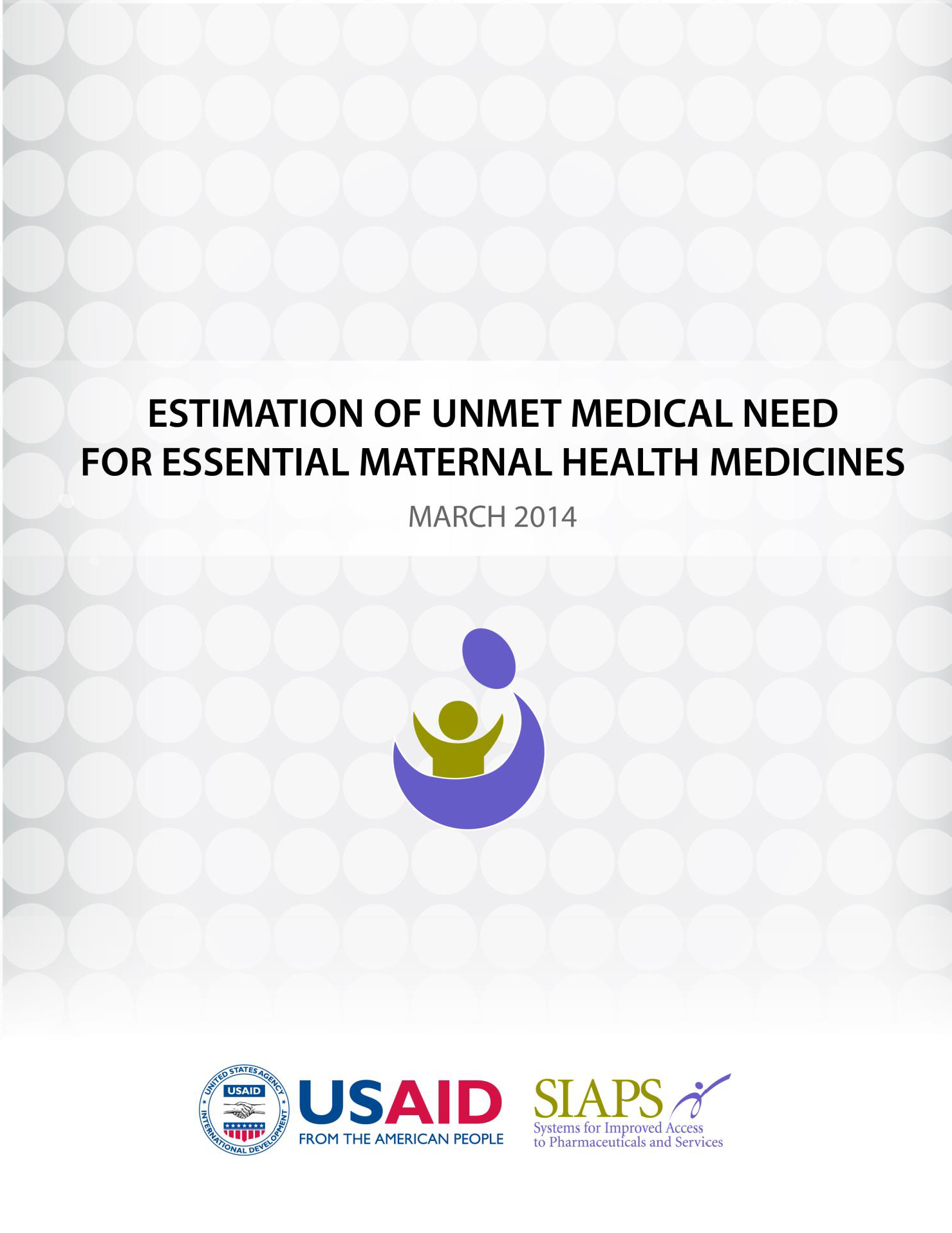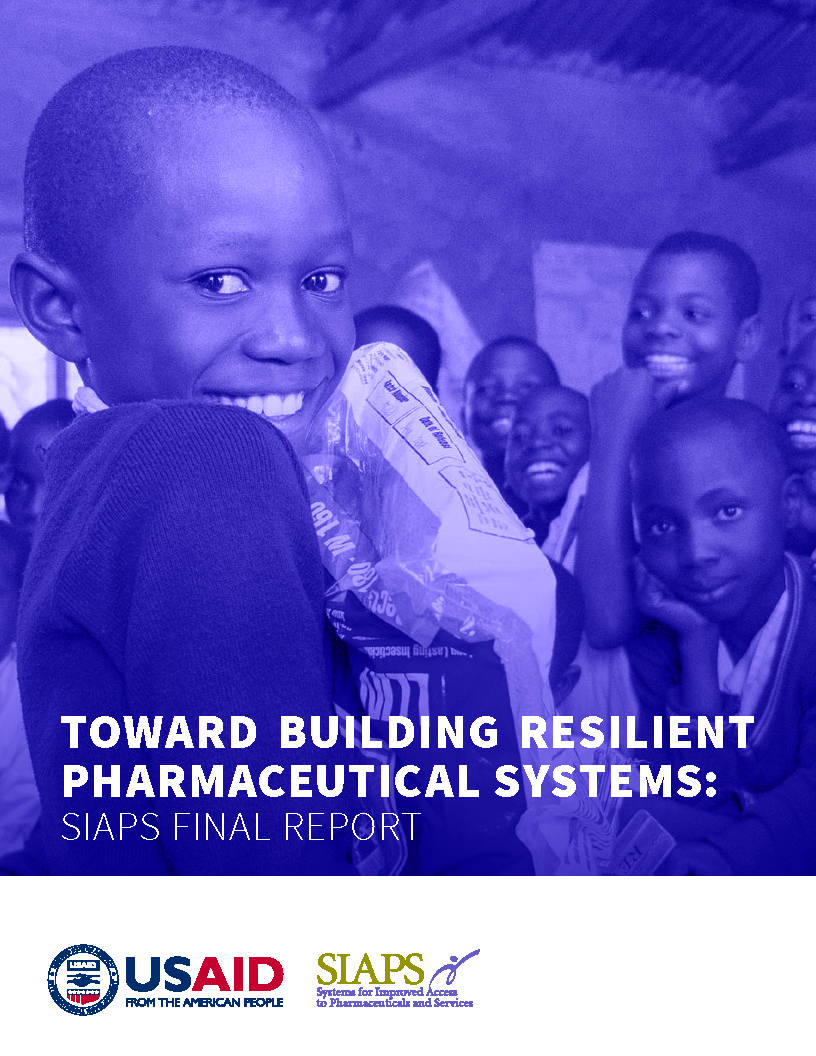
An alarming number of countries are not on target to meet Millennium Development Goal to reduce maternal mortality despite efforts and investments made at both the global and national levels. Increasing access to and use of essential commodities for maternal health have recently gained attention as key concerns of several international initiatives. The United Nations (UN) Commission on Life-Saving Commodities for Women and Children acknowledges supply and demand challenges as among the main barriers to access and use of these life-saving commodities.
A basic step in improving access to these commodities is making sure they are available where and when women need them. This requires proper supply planning which, for various reasons, has been a challenge in procuring essential maternal medicines.
The purpose of this document is to present an approach that will allow national program managers and other key stakeholders to assess a country’s theoretical need for the three overlooked life-saving maternal health commodities–oxytocin, magnesium sulfate, and misoprostol–and compare this with actual procurement data.


